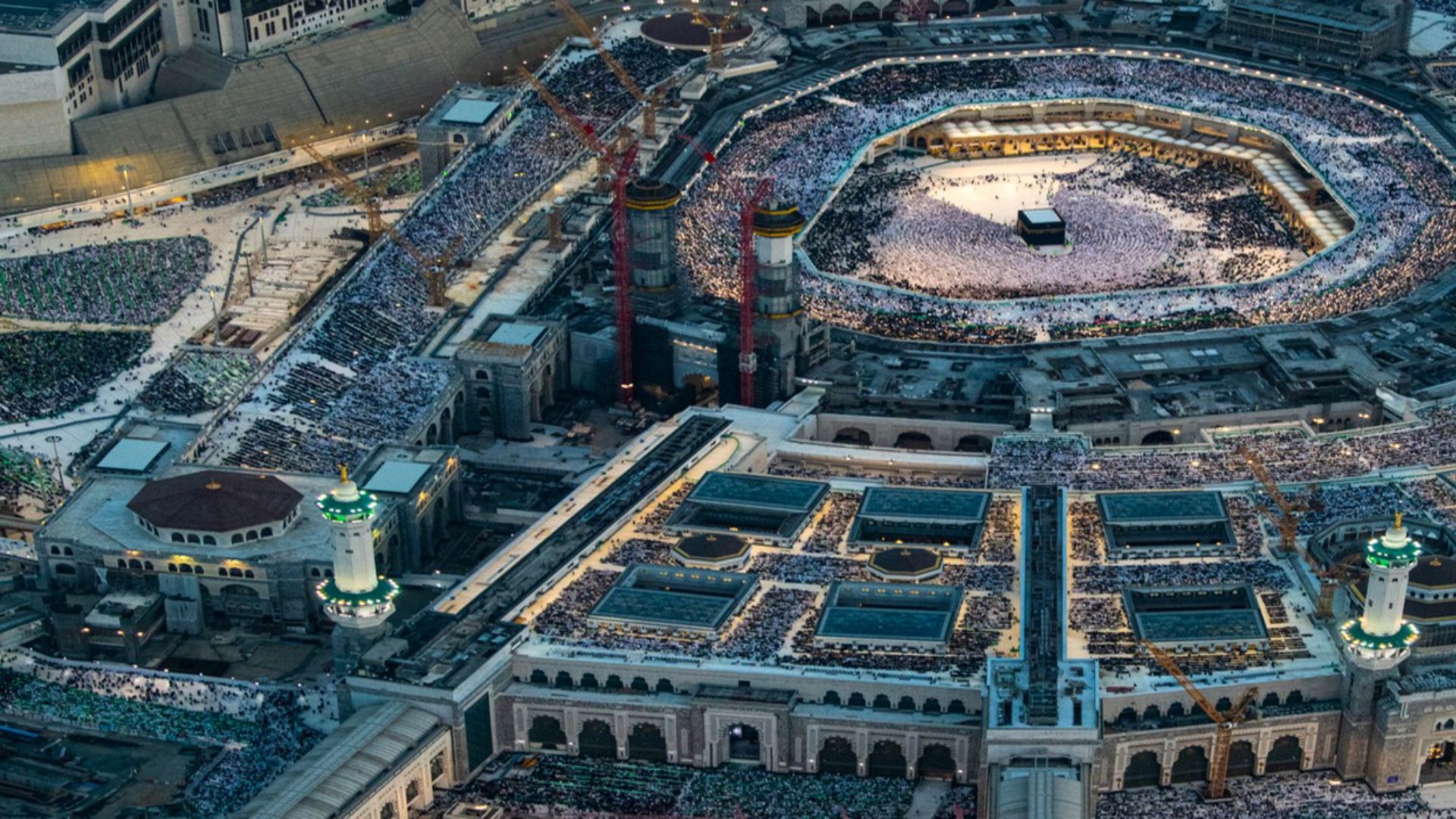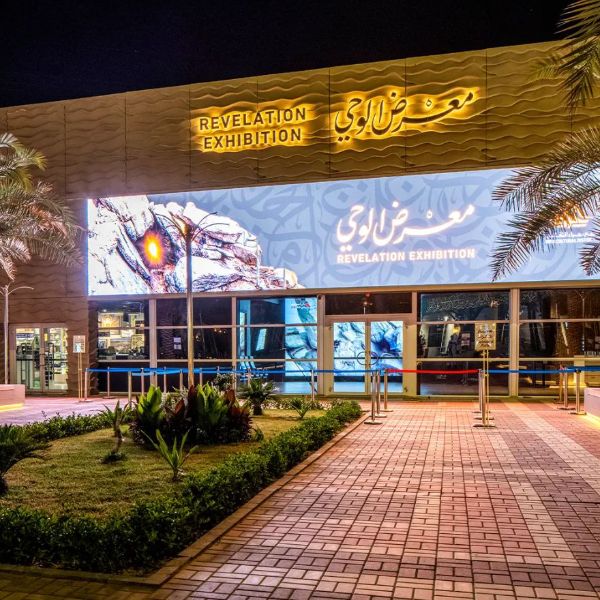Al Masjed Al Haram
The heart of Makkah and Qiblah of Muslims
About Al Masjed Al Haram
Since the dawn of civilization, the Kaaba of Al Masjed Al Haram has had great religious significance, owing to its religious connotations associated with the Creator. Two billion Muslims face the direction of Kaaba, to which their hearts are attached too, to perform the five daily prayers, as commanded by the Almighty, and supplicate Him for mercy, assistance and guidance.
...
Kaaba

There is disagreement over when Kaaba was built up for the first time. Some suggest that it was built before Adam's lifetime, as the Holy Quran states that it is the "Allah's House" and the first House (of worship) appointed for mankind. It is a cuboid-shaped building, and the surrounding area is called mataf (circumambulation space), which is always crowded with prayer, Hajj and Umrah performers, and supplicants.
The Black Stone

It is believed to have been taken from Paradise. However, Muslims circumambulate counterclockwise. The Black Stone is situated on the eastern flank of Kaaba, it is positioned within the structure of Kaaba, so that it is 1.5 m high from the ground. Only a small part of the stone can be seen, and it is commonly believed that the Prophet (peace be upon him) kissed it; therefore, visitors to Al Masjed Al Haram look forward to kissing, or even touching the holy stone.
The Yemeni Corner (Al-Rukn Al-Yamaani)

It is one of the main parts of Kaaba since it was built by Ibrahim (peace be upon him). While circumambulating, you can see the Yemeni Corner in a position before the Black Stone. As Prophet Mohammed (peace be upon him) touched it while circumambulating, all visitors to Kaaba do the same.
Maqam Ibrahim
Opposite the Kaaba door, there is a golden, small structure that engulfs a square stone that has Ibrahim's footprints made while raising the foundation of the Kaaba.
Hijr Ismail
It is the crescent-shaped area immediately adjacent to the Kaaba. In Arabic, "Hijr" means "lap", which refers to Ibrahim and Ismail's pergola.
Masa'a
After circumambulating, Hajj and Umrah performers head to Masa'a, which is part of Al Masjed Al Haram, to complete the required rites. They trot between Al-Safa and Al-Marwah, two mounts, to and fro seven times, following the example of Hajar (peace be upon her), who trotted there searching for water.
Zamzam

Zamzam Well dates from Hajar and Ismail, her son. Unexpectedly, water sprang into the site while she was trotting between Al-Safa and Al-Marwa. The well is now under the circumambulation space, to the east of Kaaba. The General Presidency of Al Masjed Al Haram and the Prophet's Mosque has given the well great attention, creating Zamzam Commission in 1400 Hijri, along with a lab that monitors the whole treatment process. Throughout Al Masjed Al Haram, many water containers offer Zamzam water at various degrees, in addition to water oriels and faucets.
The minarets
The first minaret in Al Masjed Al Haram was built-up more than 1000 years ago, during the reign of Caliph Abu Jafaar Al-Mansour, 139 Hijri. The sound of athan (the call for prayer) comes out of 13 dazzling minarets, every one of which is made up of five parts, namely a base, balcony, main "stem", another balcony and top cover.
The pulpit

It is a raised structure on which the Imam of Al Masjed Al Haram stands while delivering sermons. It has seen various modifications throughout history, but the current marble structure was built-up in 1423 Hijri/2002 AD. The technical and artistic features of the pulpit are too attractive, as it is made from high-quality materials, and it can be moved at a speed of 1 m per second, thanks to its electric wheels. The total cost was 5,750,000.
The gates

As it is very large, there are many large gates, 210, to Al Masjed Al Haram, which facilitate entrance and reduce congestion. They are made of high-quality wood decorated with copper.
Services

- Languages and translation:
Manarat Al-Haramain Digital Platform and MF Radio Station offer simultaneous translation of Friday and Eid sermons, and lectures to various languages, including English, Persian, Urdu, French and Chinese,
Many guides, who speak 50 languages, are assigned the task of answering visitors' questions 24/7.
- Fatwa and jurisprudential matters:
There are 19 cabins for answering jurisprudential and Islamic Law questions 24/7. Interestingly, visitors can use free phones at the main gates to ask questions.
- The elderly and persons with special needs are also attended to in Al Masjed Al Haram. This includes the provision of electric and regular wheelchairs, which can be booked in advance using the Tanaqol online application.
For more information, see services offered to the elderly and persons with special needs.
More in Makkah
Hey!
Log In or Sign Up to save your favorite attractions













